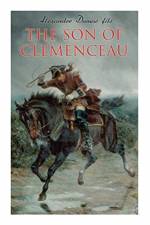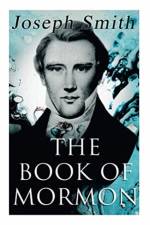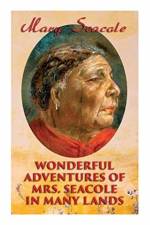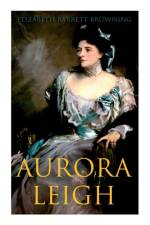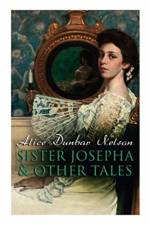av Isabella Bird
119,-
A Lady''s Life in the Rocky Mountains is a travel book, by Isabella Bird, describing her 1873 trip to the Rocky Mountains of Colorado. The book is a compilation of letters that Isabella Bird wrote to her sister, Henrietta. In 1872, Isabella left Britain, going first to Australia, then to Hawaii, which she refers to as the Sandwich Islands. In 1873 she travelled to Colorado, then the Colorado Territory. After living a time in Hawaii, she takes a boat, to San Francisco. She passed the area of Lake Tahoe, to Cheyenne, Wyoming, to ultimate Estes Park, Colorado, also elsewhere in and near the Rocky Mountains of the Colorado Territory. Early in Colorado, she met Rocky Mountain Jim, described as a desperado, but with whom she got along quite well. She described him as, "He is a man whom any woman might love but no sane woman would marry." She was the first white woman to stand atop Longs Peak, Colorado, pointing out that Jim "dragged me up, like a bale of goods, by sheer force of muscle." Rocky Mountain Jim treated her quite well, and it is sad to note, he was shot to death, seven months later. After many other adventures, Isabella Bird ultimately took a train, east. Upon publication, A Lady''s Life in the Rocky Mountains proved an "instant bestseller" and is still considered to be her best work.


